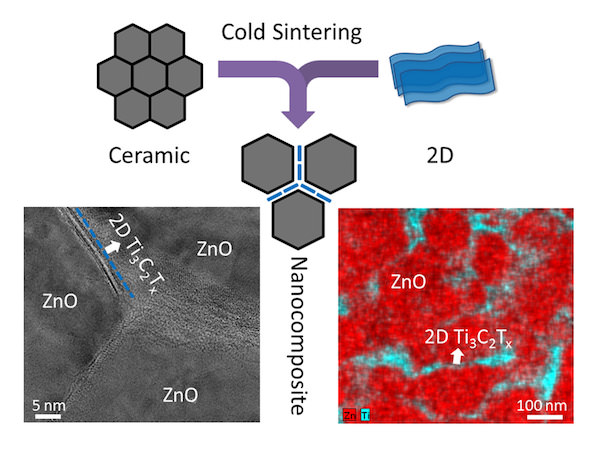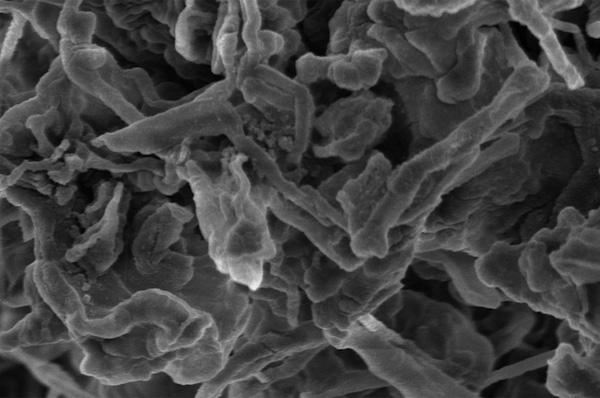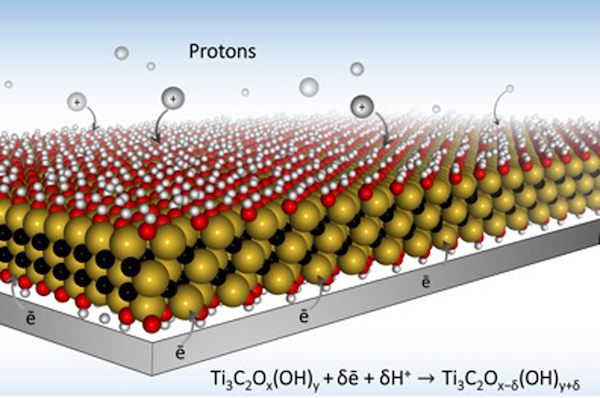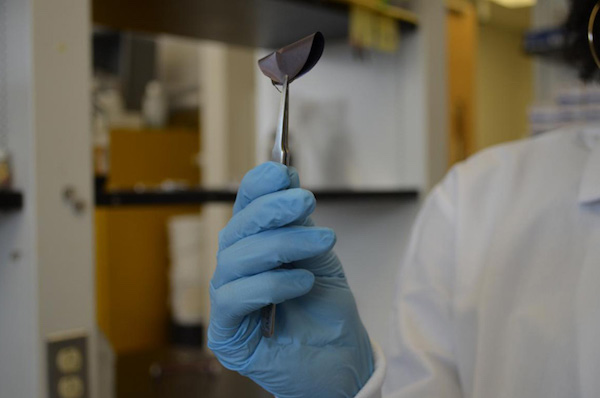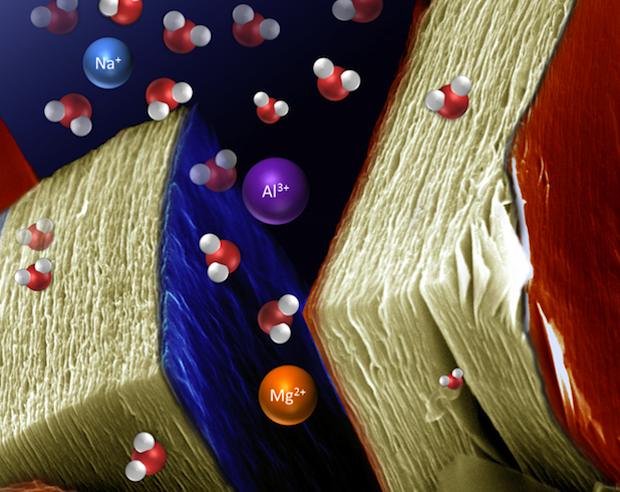A new paper reports success making nanocomposites with wildly dissimilar materials by the cold sintering process. Each constituent brings functional properties, and the composite’s properties are better than either constituent alone.
Read MoreSalt has long been used on roads and sidewalks to melt snow and ice, but it can destroy vehicles and the environment over time. Researchers have developed a method for melting snow and ice using paraffin, which is less expensive and environmentally-friendly.
Read MoreResearchers have uncovered a process to increase the safety of future lithium batteries. By adding nanodiamonds to an electrolyte solution, they were able to prevent dendrite growth, a major cause of lithium battery fires.
Read MoreResearchers have designed battery electrodes using MXene, a highly conductive material, that could accelerate battery-charging times. The research could also solve the electric vehicle industry’s battery-charging challenges.
Read MoreResearchers at Drexel University (Philadelphia, Pa.), along with collaborators at the University of Sydney in Australia, are looking to the body’s immune system for insight into why some ceramic scaffold materials promote healing better than others.
Read MoreAn international team of researchers have grown carbon films that allow microchips and power sources to be combined into one, opening the door to integrated power and smaller electronic devices.
Read More
